In the world of day trading, your ability to read charts is one of your greatest survival tools. Being able to understand the significance of a stock’s price action can help you better understand how a stock will move in the future. To put it simply, historical price action helps us predict future price action. Of course, it’s important to note that we can never predict price action with 100% certainty. For that reason, we can use a combination of pattern recognition and risk management to place trades with higher probabilities of profitability.
Although this process may seem complex, the underlying concept is pretty straightforward and we actually use this type of thinking every single day. We use historical data to recognize patterns and make predictions. For example, you probably know what times there will be higher traffic on the roads. You know if you go to the airport on a Friday it’s probably going to be more crowded. You know if you go to a restaurant three times and the food is bad, it’s probably going to be bad the fourth time as well. These examples are oversimplified, but they are all based on the logic that historical patterns tend to repeat themselves. The same logic holds true for day trading.
The second crucial part of this predictive strategy is risk management. Let’s use the restaurant example above. A restaurant has served bad food three times and is likely to serve it a fourth. Would you bet your life savings on it? Of course not, because we all know that predictions are rarely made with 100% certainty.
It’s important to understand these two concepts before analyzing chart patterns and trading strategies:
- Historical data shows patterns that give traders the ability to make educated predictions.
- We use risk management strategies to mitigate the risk of placing trades without 100% certainty.
With that said, let’s start looking at some chart trading strategies.
Buy Dips (Long Trades), Short Pops (Short Trades)
Buying dips and shorting pops is a way of minimizing risk when you are anticipating a certain move. Essentially, you are buying into weakness and selling into strength, meaning you will get better fills when anticipating a move.
For example, let’s say you are expecting a stock to breakout. You have the option to buy the breakout once it is confirmed OR you can start building a position in anticipation of the breakout. The latter option lowers your risk and increases your upside potential.
Accounting for risk is an important part of this anticipation process. You should always know how much you expect to gain if the trade goes in your favor vs. how much you could lose if the trade goes against you.
Failed Follow Through Momentum (Short Trades)
Failed follow through momentum occurs when a stock tries to breakout above a key price level but fails. This can provide a great intraday short opportunity, especially when the initial move was drastic. You can see a good example of failed follow through momentum in our recent Snapchat IPO trade recap.
Here is what you need to look for:
- Initial Momentum – Stock has a significant price run earlier in the day
- High of Day Breakout Attempt – Stock attempts to break out above the current high-of-day
- Failed Follow Through – The stock may pull back on the first HOD break attempt and try again only to be rejected. Higher volume makes the rejection more significant
Once these three criteria are met, we are presented with a high risk/reward trading setup. You can initiate a short position using the high-of-day as your risk level.
VWAP Tests (Short and Long)
VWAP is a technical indicator that stands for “Volume Weighted Averaged Price” and reflects the average price a stock traded at (taking volume into account). This indicator can be great for understanding money flow and significant price levels. For example, if a stock traded 1500 shares at $10 and 500 shares at $12, VWAP would be $10.5.
VWAP is used by traders and algorithms to identify significant price levels. Price action around VWAP may seem arbitrary to traders who don’t have the indicator on their charts so it is a good indicator to be aware of.
VWAP is especially beneficial for momentum trading and it offers a variety of applications.
First, it can be used as a support/resistance level for gauging risk. If a stock is trading above VWAP, you can use VWAP as a level of support. If a stock is trading below VWAP, you can use VWAP as a level of resistance.
You can also use VWAP crossovers as triggers for reversal trades. For example, if a stock has been trending above VWAP all day, you may initiate a short position as the stock breaks below VWAP. Contrarily, you may initiate a long position as a stock breaks above VWAP. When you plan this type of trade, you can base your risk around VWAP.
Here is an example of both a VWAP crossover and VWAP acting as a resistance level:
Red/Green Moves (Long Trades)
When a stock is trading below the previous day’s closing price, it is considered to be “red,” whereas if it is trading above the previous day’s closing price, it is considered to be “green.”
When a stock goes from red to green, the share price moves from below the previous close to above the previous close. This represents a significant shift in momentum that can be used to plan a trade with set risk around the previous closing price.
Often times, the stock will become more volatile during this momentum shift, providing for great intraday trading setups.
Here is an example of how a stock can speed up after a red/green move:
Double and Triple Bottoms (Long Trades)
While a stock can theoretically drop forever, it will generally find short-term bottoms along its descent. These bottoms can be used to predict a short-term trend reversal, also known as a bounce.
Think of this setup as the opposite of the “failed follow through momentum” setup we discussed earlier. When a stock double or triple bottoms, it sets a support level and re-tests that level once or twice. If the support level holds, we can use it to gauge risk for a trade. At this point, we’d be interested in seeing the stock break a downtrend line or break above intraday resistance for a nice short-term reversal play.
Here’s an example of a triple bottom reversal where the risk/reward worked out nicely.

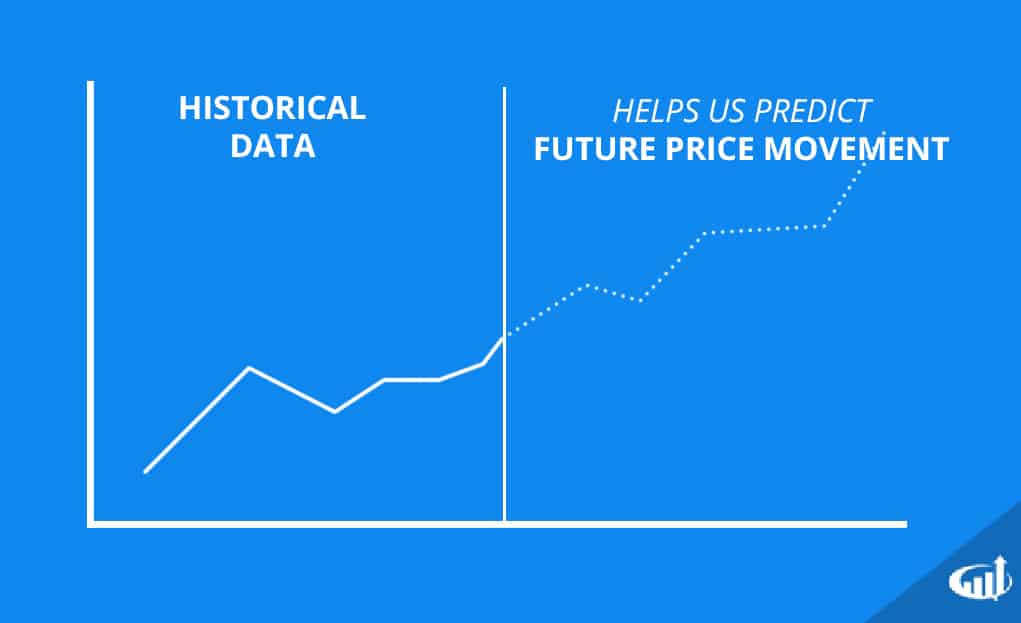
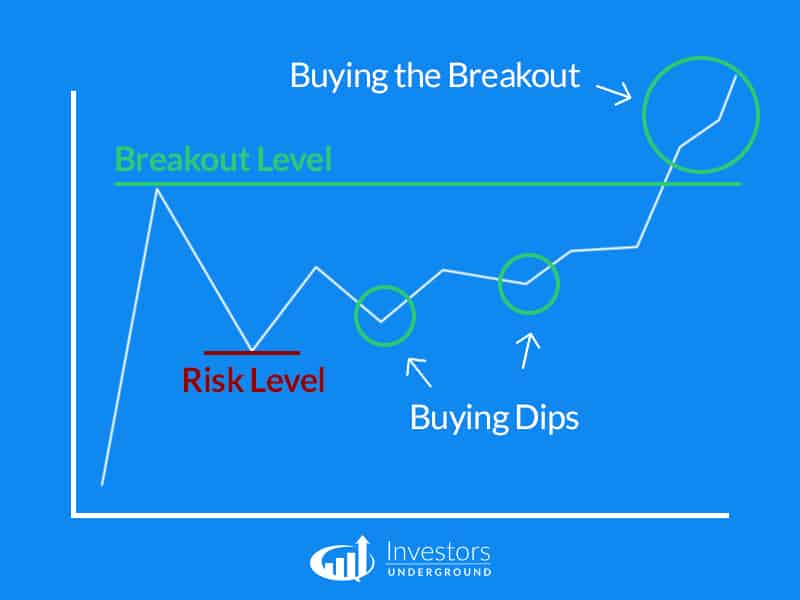
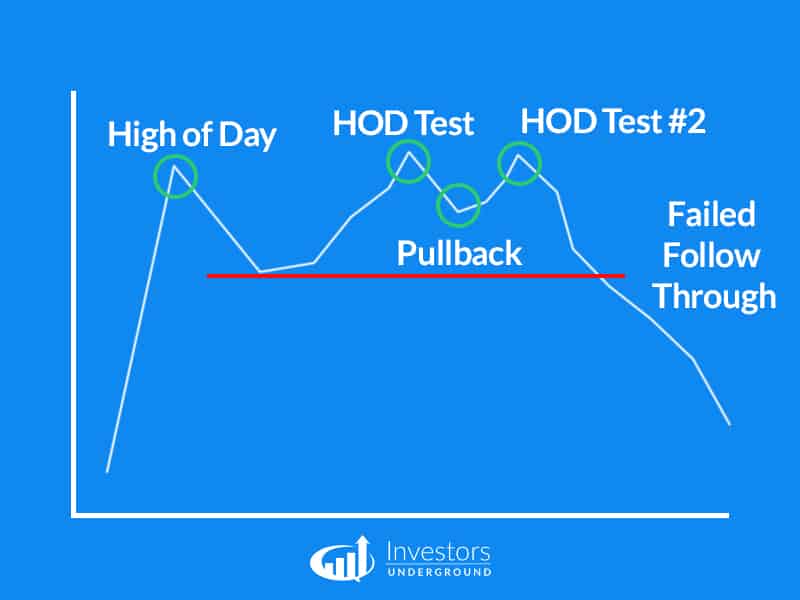
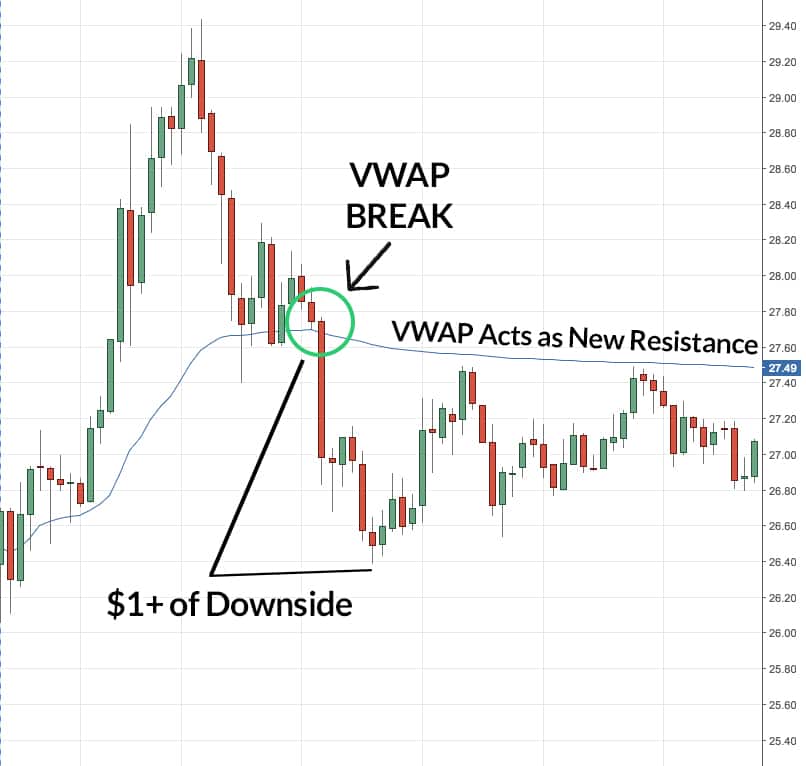
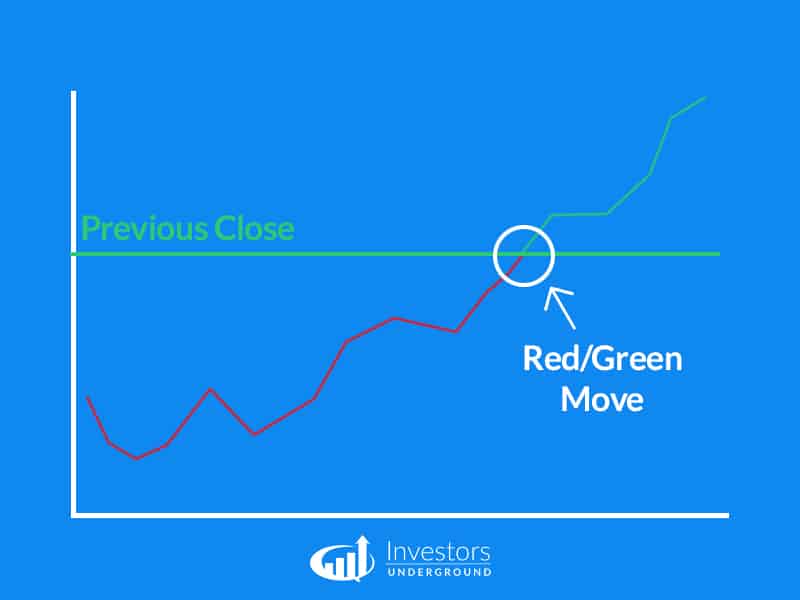
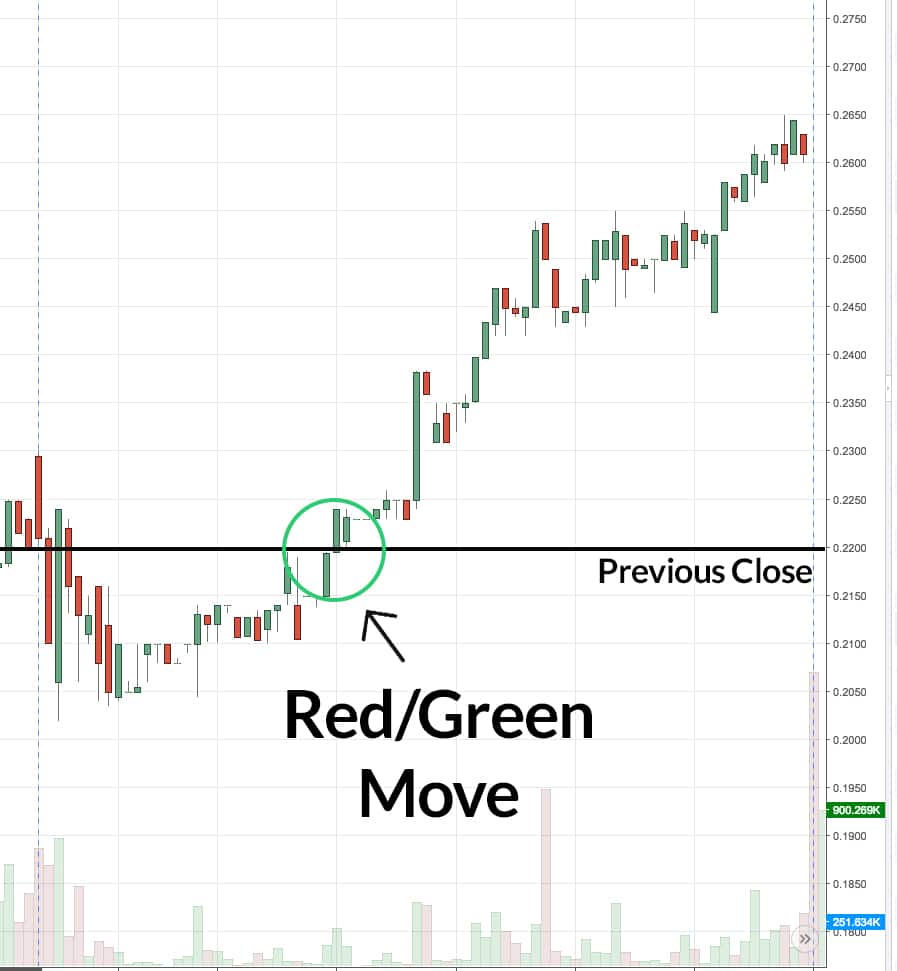
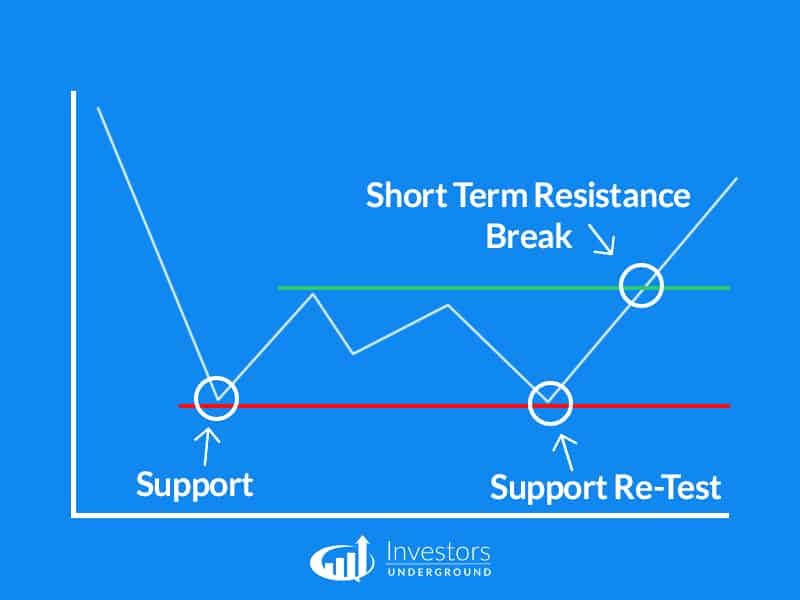
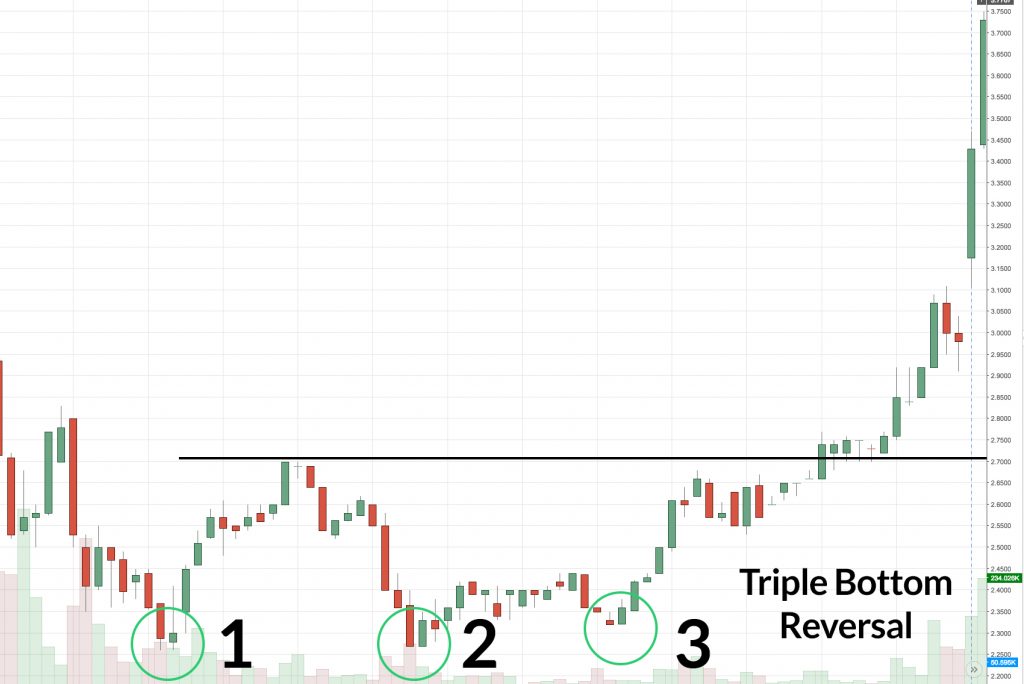




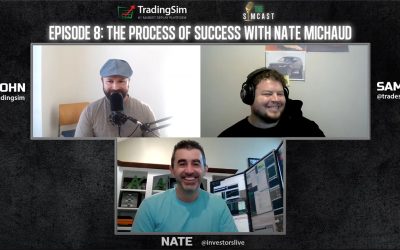


Thank you so much for sharing this! Just a quick question, when buying dips, what kind of stocks are you looking for to do so on? Even though I always make sure I have a good risk reward on my trades if I lose 80 percent of them I still lose money.
Thanks for this great lesson
Justin, are you buying stocks with high relative momentum, with drivers, with market in going the same direction than your trade?
Thanks Nate.. I did not know this.
Thanks Nate! this a great summary of some set ups I’m working on at the moment
TripleV was here learning right after the March 24, 2017 email with the subject: Guidance. Thank you, Nate!
GREAT WORK………APPRECIATE THE WAY U SIMPLIFY IT…………BCOZ THAT IS WHAT IT IS.
Thank you for this.
This is amazing information! Especially the information in VWAP.
Thanks Nate ! I was just going over my trades and I wanted to check my entries in relation to VWAP. This posts just just taught me to also put my risk level around vwap when planning on going long !! I didn’t know that I could use this as s significant risk level gauge ! Thanks so much !
Thanks for sharing!
Thanks.
Thanks Nate
Thanks Nate
Thanks you Nate!
Nice one. Pattern recognition is mush for us beginners. Lot of us fail because of this signal reason, as we don’t know where to stop when trade is not working and pattern recognition give us an edge to manage our risk and take profit a long the way when trade is working in our direction. Nice educational post.
Thank you Nate!
Awesome, thanks Nate!